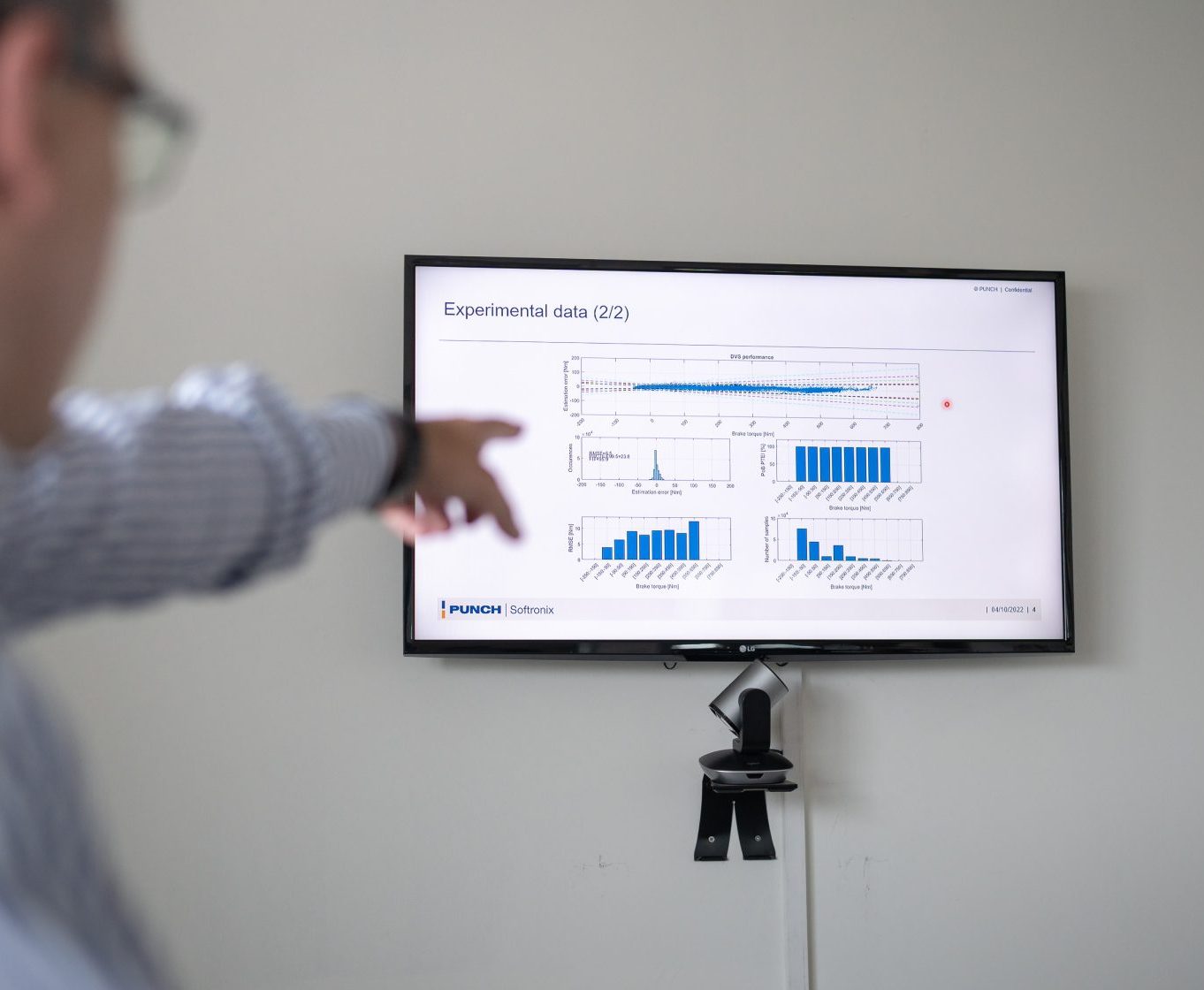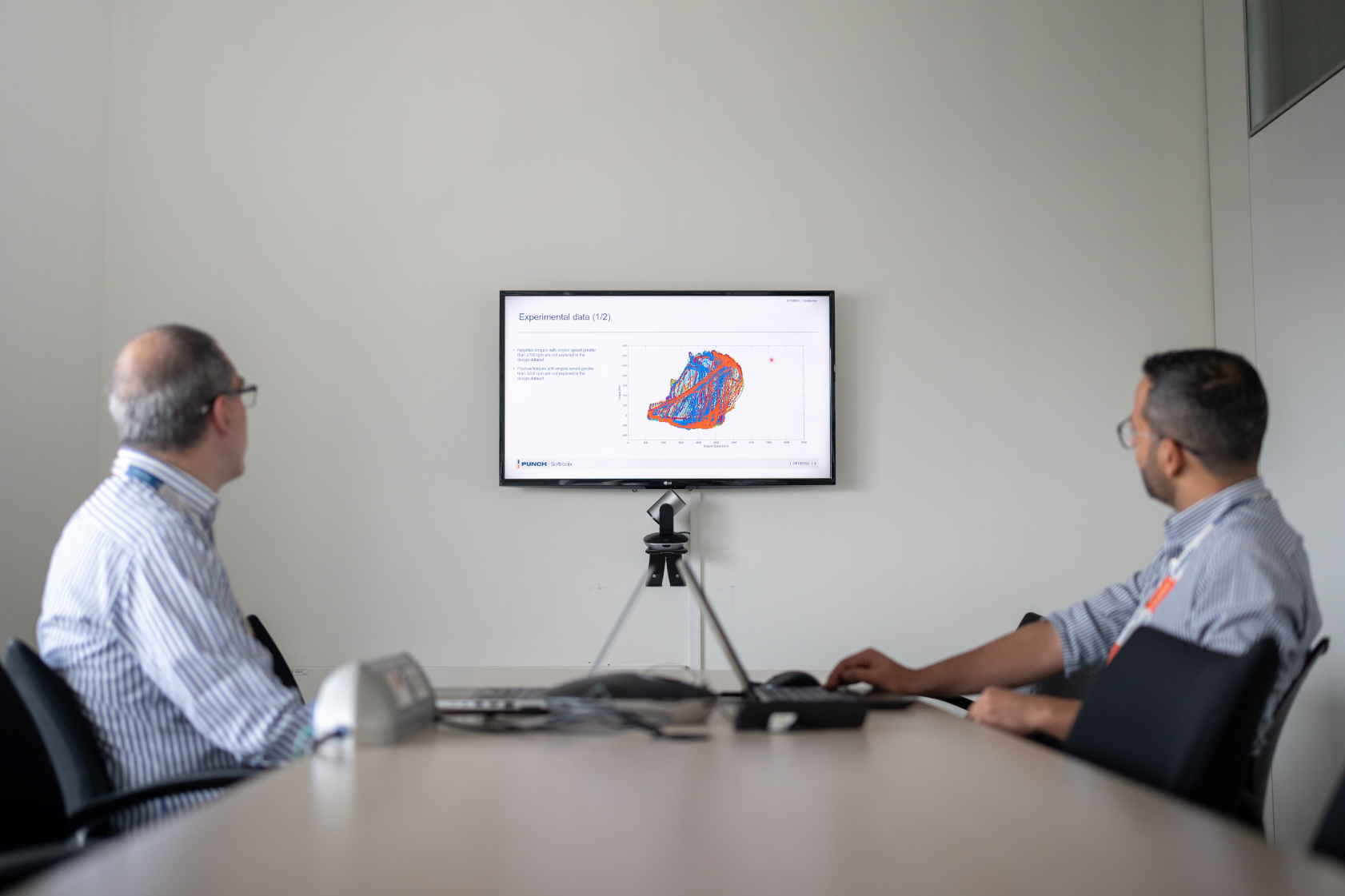

Virtual sensor using Artificial Intelligence
In modern Internal Combustion Engines, we often deal with the necessity to estimate system states or physical parameters that cannot be directly measurable (like for example parameters related to the combustion) or when we need redundancy (like for example when On Board Diagnostics legislation requires plausibility monitoring). In these cases, adding additional sensors could be technologically not possible or not convenient for cost reasons.
In a modern propulsion control unit, there are many models that typically range from physical based analytical equations to empirical table-based ones. These approaches have clear advantages when the physics of the phenomena can be mathematically described and provides accurate predictions or when the empirical algorithm structure can cover all the possible measurable operating conditions of the system.
In all other cases we have the necessity to develop more complex estimation algorithms. Here we come with Data Driven Virtual Sensors. Thanks to the current maturity of algorithms coming from Artificial Intelligence area we had the opportunity to get rid of some of our legacy empirical models implementing for example a Neural Network based Engine Torque Virtual Sensors. It is currently adopted in vehicle from on OEM customer, taking the advantage of the improved accuracy and robustness to environmental conditions.
Other cases where a similar approach is adopted regards the engine out emission modelling that is being used by the most recent propulsion units to comply with OBD regulation.

